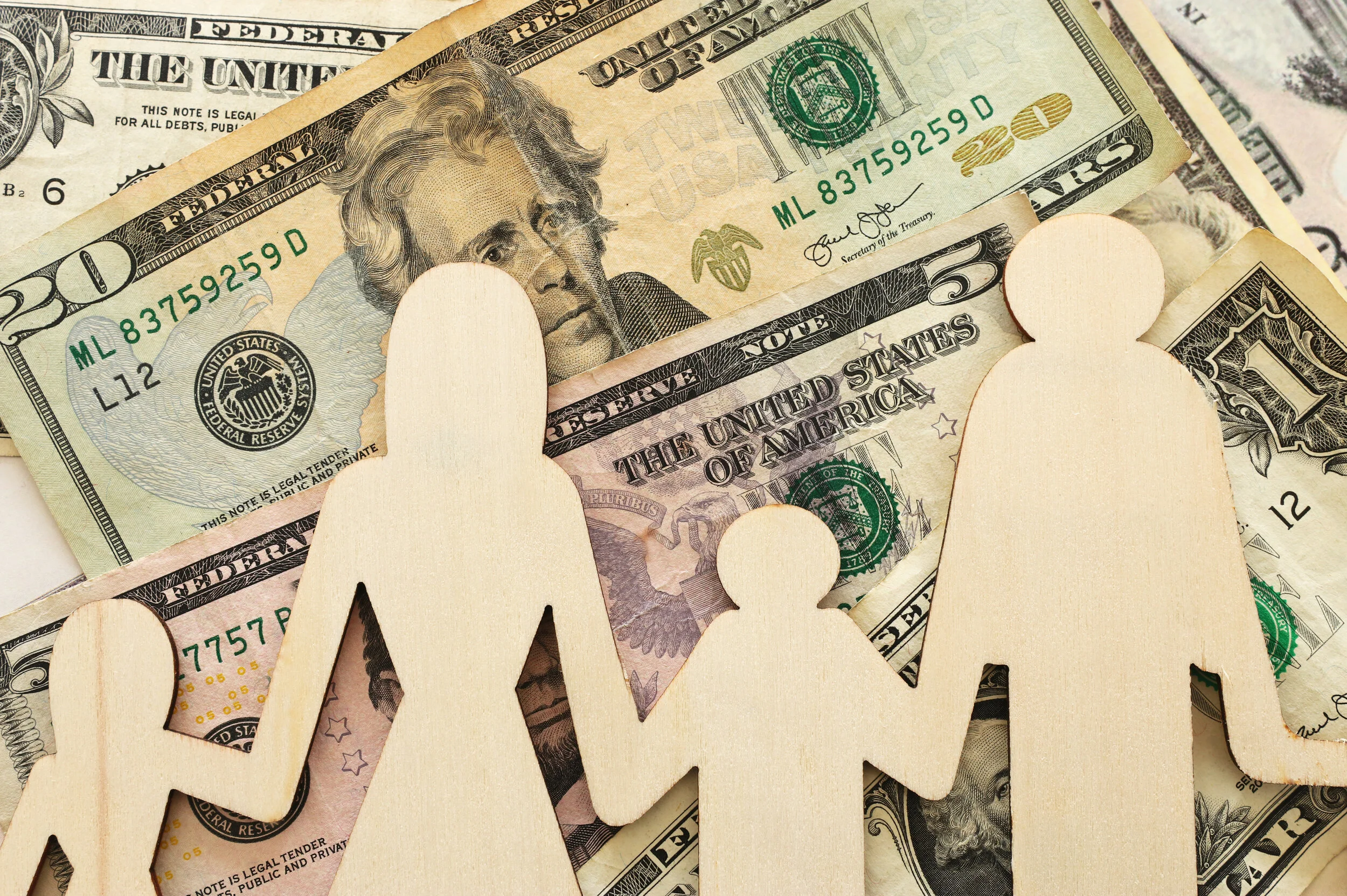This post is part of a series that explains tax concepts. The highest 1 percent of earners are responsible for 71 percent of capital gains realizations. President Trump has proposed lowering the top rate on income from capital gains and dividends, while former Vice President Joe Biden has proposed increasing the top rate for taxpayers with more than $1 million in income.
Biden’s Healthcare Proposals
The Biden healthcare plan focuses on expanding access and affordability of insurance and decreasing prescription drug prices. We estimate that by 2030, relative to current law, the Biden plan would decrease the uninsurance rate from 10 percent to 6 percent, decrease private insurance premiums by 23 percent and out-of-pocket spending by 16 percent, and decrease the percent of the population that forgoes medical care from 7 percent to 4 percent. The Biden healthcare plan would increase net spending by $352 billion over ten years but would reduce debt by 4.5 percent over that period due to dynamic growth effects.
Analyzing President Trump’s Proposed Capital Gains and Dividend Tax Cut
PWBM estimates that reducing the top preferential rates on capital gains and dividends from 20 percent to 15 percent will cost $98.6 billion dollars over the ten year budget window. This tax cut will only benefit tax units in the top 5 percent of the income distribution, with 75 percent of the benefit accruing to those in the top 0.1 percent of the income distribution.
Dynamic Distributional Analysis of the Biden Platform
PWBM uses dynamic distributional analysis to evaluate the effects of the Biden platform on different age and income groups. We find that working-age individuals in the bottom 40 percent of taxable income benefit the most due to expanded health insurance, increases in housing subsidies, and lower cost of prescriptions in the Biden platform, while young, high-income individuals and wealthy retirees see net losses due to tax increases and lower returns on their savings.
Macroeconomic effects of Biden’s immigration policy
Using PWBM’s dynamic model, we show the macroeconomic effects of Presidential candidate Biden’s immigration proposal. By 2050, GDP increases by 1.7 percent in 2050 relative to current law while GDP per capita stays the same.
Presidential Candidate Joe Biden’s Proposed Child Tax Credit Expansion
Presidential candidate Joe Biden recently announced a proposal to temporarily expand the Child Tax Credit (CTC). We find that this proposal would cost $110 billion if implemented solely for calendar year 2021 and would cost $1.4 trillion over ten years if extended permanently. While higher income households are more likely to have qualifying children and would see larger average tax cuts ($1160 for the 90-95th percentile), lower income groups would see the largest relative benefit, with after-tax incomes increasing by 9 percent for the bottom quintile.
PWBM Analysis of the Biden Platform
Presidential candidate Joe Biden’s campaign has released a substantial list of policy proposals. PWBM finds that over the 10-year budget window 2021 – 2030, the Biden platform would raise $3.375 trillion in additional tax revenue and increase spending by $5.37 trillion. Including macroeconomic and health effects, by 2050 the Biden platform would decrease the federal debt by 6.1 percent and increase GDP by 0.8 percent relative to current law. Almost 80 percent of the increase in taxes under the Biden tax plan would fall on the top 1 percent of the income distribution.
Analysis of the Biden Plan for Social Security
Democratic presidential candidate Joe Biden has proposed changes to Social Security policy that would increase benefits, especially for low earners, while raising more revenues from high-earning individuals.
The plan would reduce the conventionally-measured long-range imbalance by 1.5 percent of taxable payroll, leaving an imbalance of 2.0 percent of taxable payroll.
The plan would decrease GDP by 0.6 percent in 2030 and 0.8 percent in 2050 due to a reduction in capital formation as well as a new type of payroll tax (the “donut hole” tax) that distorts labor supply by more than the standard payroll tax.
The $2 Trillion Congressional Democrat and White House Infrastructure Proposal
Due to various offsets, a $2 trillion federal investment would increase infrastructure spending across all levels of government increases between $440 billion and $2,033 billion---including the original $2 trillion---based on evidence of past experience.
If a gas tax were used to fully fund the $2 trillion investment, the gas tax would have to rise by $1.67 per gallon for 10 years, thereby increasing the current federal gas tax from $0.184 (18.4 cents) per gallon to $1.854 per gallon.
If fully deficit-financed, the $2 trillion infrastructure proposal lowers GDP between 0.1 and 0.5 by 2043, relative to current policy. If fully financed with user fees or higher gas taxes it typically boosts GDP, between -0.1 and 0.4 percent by 2043.









